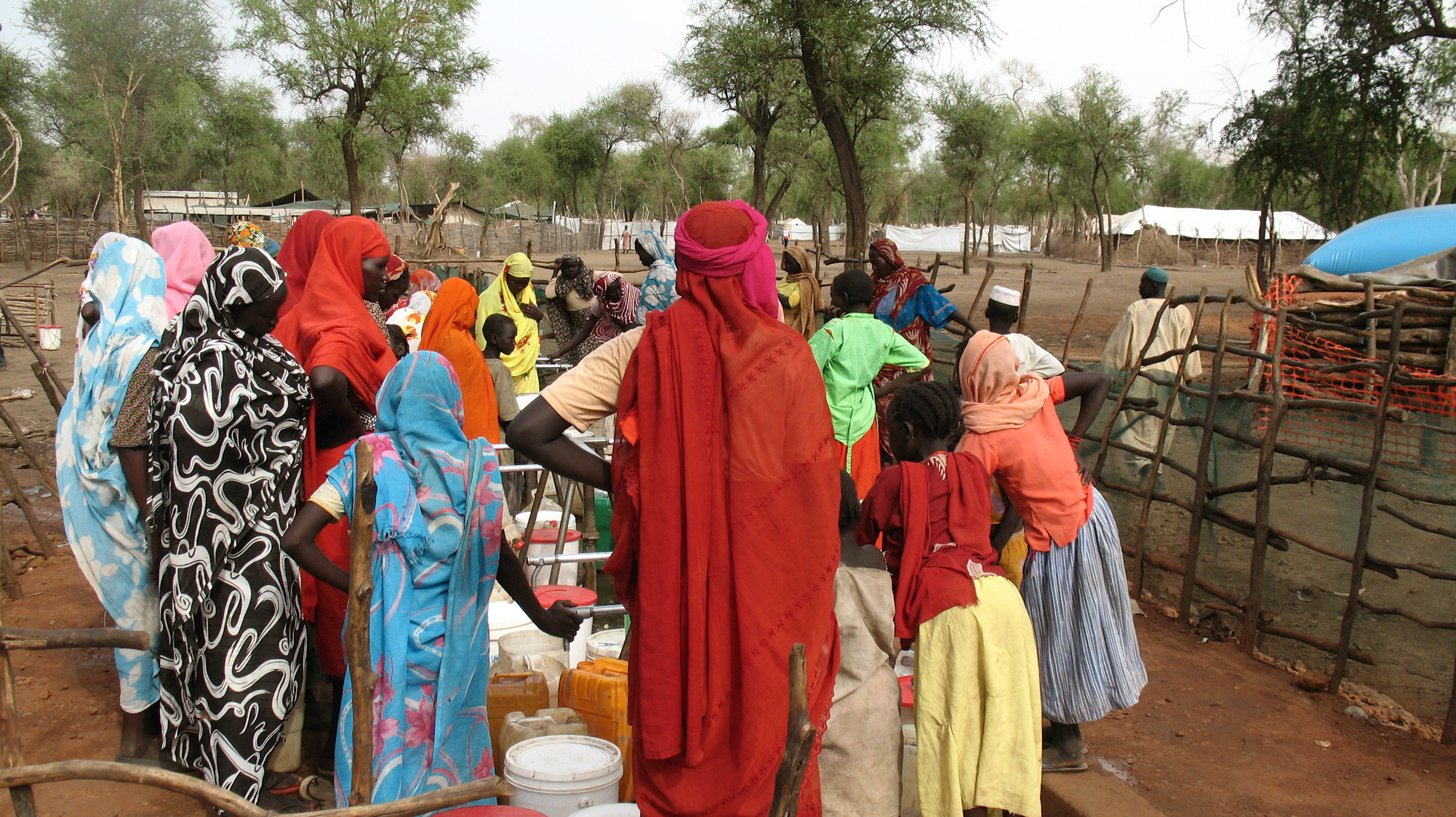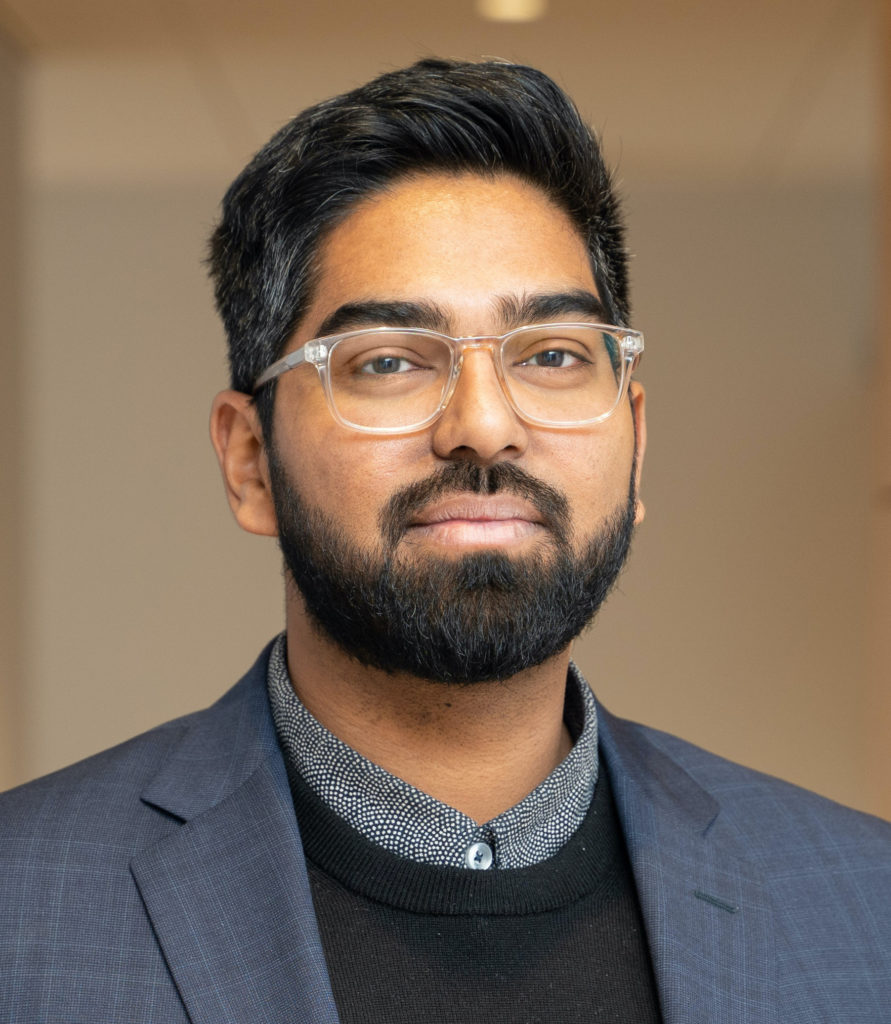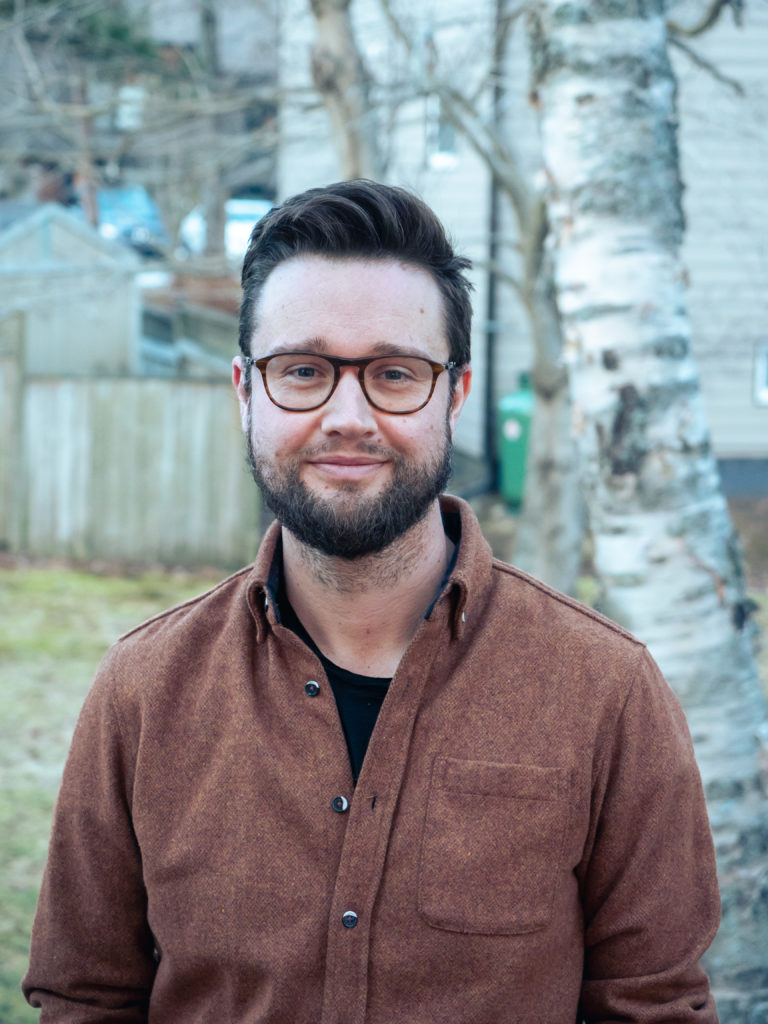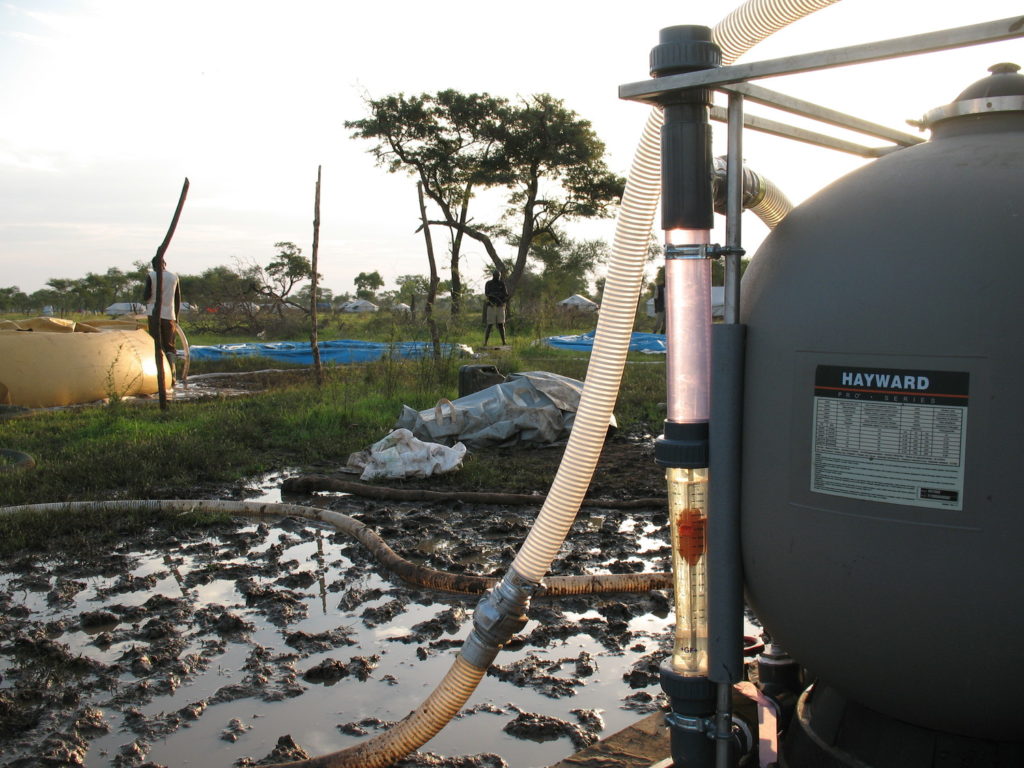Post
Published on November 4, 2022
As the world’s refugee crisis intensifies and climate change linked natural disasters become more frequent, unique machine-learning enabled tool helps aid workers deliver safe water in displaced-population settlements

A team of researchers from York University’s Dahdaleh Institute for Global Health Research and Lassonde School of Engineering have revamped their Safe Water Optimization Tool (SWOT) with multiple innovations that will help aid workers unlock potentially life-saving information from water-quality data regularly collected in humanitarian settings.
Created in partnership with Doctors Without Borders/Médecins Sans Frontières (MSF), the free-to-use, open-source online platform has been shown to dramatically increase water safety for people living in refugee camps and has corrected major inaccuracies about proper chlorination levels that went on for decades.
SWOT version 2, to be unveiled at a virtual event on Tuesday, Nov. 8, builds on earlier research with advancements in the tool’s machine-learning and numerical-modelling engines. A reimagined and redesigned user experience, and new functionalities, promise to give humanitarian responders much-needed assistance in situations where waterborne diseases are among the leading health threats.

“Our first version of the tool was a prototype. What we’ve done in the past two years with user feedback and field learning is build a state-of-the-art web product,” says team lead Syed Imran Ali, who is a research fellow at the Dahdaleh Institute and an adjunct professor at the Lassonde School of Engineering. “This is one of the first operational deployments of artificial-intelligence technology in humanitarian response.”
Ali and the rest of the team, who include machine learning lead Professor Usman T. Khan from Lassonde’s Department of Civil Engineering, modelling graduate researcher Mike De Santi, Dahdaleh Institute director Dr. James Orbinski and field advisor James Brown, say these improvements are informed by real-life lessons gleaned from the field.
Humanitarian aid workers face huge challenges supplying safe water to people affected by conflict or natural disasters, explains Brown, who has previously worked in camps managing the water supply of upwards of 40,000 people. This updated version is being developed to respond to these pressures.

“Working as a water engineer in crisis, you’re providing water to people who are often extremely vulnerable, and it’s your job to help protect them from all the health risks that exist in that kind of environment,” Brown says. “It’s so frustrating not having the information you need to be confident that the water you’re delivering isn’t yet another health risk. The motivation for all the work we’ve been doing to release the SWOT v2 is to help people make the best decisions and provide confidence that quality standards are being maintained — both for the aid workers and those relying on the water supply.”
The tool was born out of Ali’s experience working with MSF as a water and sanitation specialist in refugee settlements in South Sudan. Despite following industry-standard guidelines for water chlorination, Ali and his colleagues were seeing that water was still unsafe in people’s households during a large outbreak of Hepatitis E, a serious waterborne illness that can have up to a 25 per cent mortality rate among pregnant women.
“There was a huge crisis — end of the rainy season, flooding everywhere,” Ali recalled. “So all these waterborne diseases were tearing through the camp.”
Through field research looking at how water quality behaves in refugee camps, Ali and his team discovered the chlorination guidelines used widely in the humanitarian sector were built on faulty assumptions.
“No one had ever looked at the problem of what happens after the tap,” Ali explains, noting that unlike most urban settings in the developed world, people in refugee camps must collect water from public faucets in containers and then bring it back to their homes where it is stored and used for many hours, introducing many opportunities for recontamination during this ‘last mile’ of the safe-water chain.
Building on the work initiated in South Sudan, the research team studied chlorination levels at distribution and in households in refugee camps around the world, and realized they could use this data — which is routinely collected for monitoring purposes — to model post-distribution chlorine decay and generate site-specific and evidence-based water-chlorination targets. They put these modelling tools on the cloud to create the SWOT v1 prototype and carried out a proof-of-concept study in a large refugee camp in Bangladesh.
“We found that using the SWOT recommendations effectively doubled the proportion of households with safe water at around 15 hours compared to the status-quo practice,” Ali says.

While these results were very impressive, they did not account for all the various conditions water and sanitation workers could experience, Brown adds, which v2 factors in. They also did not account for taste. SWOT v2 not only promises to make water safer, but also find the optimal level where chlorine levels are high enough to protect people, but not so high that people will reject it. This is particularly important in parts of the world where people were previously used to sources such as high-quality spring water and are not accustomed to chlorine.
“If people don’t like the taste, they don’t like the way it looks and smells, they’re not going to use that source and they’ll then go to a river or somewhere else that could be dangerous,” Brown says.
In future SWOT versions, the team hopes to include other water quality and health outcomes and look at how they could integrate more participation from displaced people themselves. While Ali says the tool cannot deal with the political roots of the refugee crisis, the practical need for SWOT is greater than ever.
“The unfortunate fact of it is there’s more people displaced now than there ever has been in human history,” Ali says. “We see climate-linked disasters increasing in frequency and scale — in particular, flooding crises, which are linked to a lot of waterborne illness. It is a very clear and present danger. People need solutions that work in the current context.”
For backgrounder, click here.
To watch a demo, click here.
To sign up for the virtual event launch on Tuesday, Nov. 8 at 11 a.m., click here.
Originally published by York Media Relations (November 3, 2022).
Themes | Global Health & Humanitarianism |
Status | Active |
Related Work | |
Updates |
N/A
|
People |
Usman T. Khan, Faculty Fellow, Lassonde School of Engineering - Active
Syed Imran Ali, Research Fellow, Global Health and Humanitarianism - Active Michael De Santi, Dahdaleh Global Health Graduate Scholar, Lassonde School of Engineering - Active James Brown, Associate Course Director, Humanitarian Water Engineering; Technical Advisor, Safe Water Optimization Tool - Active |
You may also be interested in…
Recap – Individual Agency in the Prevention and Control of Noncommunicable Diseases
In this November 9, 2022, Arun Chockalingam, professor and Dahdaleh senior fellow, analyzed the correlation between planetary health and human health. Noncommunicable Diseases (NCDs) on the rise since the mid 1900s. Professor Chockalingam advised that …Read more about this Post
Recap — Are Distinctions Between Communicable and Non-Communicable Diseases Still Useful? Why We Should Care
On October 9, 2024, York University Professor Emeritus and Dahdaleh Senior Fellow Paul McDonald asked seminar attendees to re-consider the traditional distinctions between communicable and non-communicable diseases (NCDs). He argued that, like many models, frameworks, …Read more about this Post
Recap — Leveraging Systems Thinking for Effective Global Health Policies, with Tarra Penney
On October 30, Dahdaleh faculty fellow Dr. Tarra Penney presented on systems-based approach and how it can transform traditional methods of public health intervention. Her work seeks to address complex global health challenges by understanding …Read more about this Post
